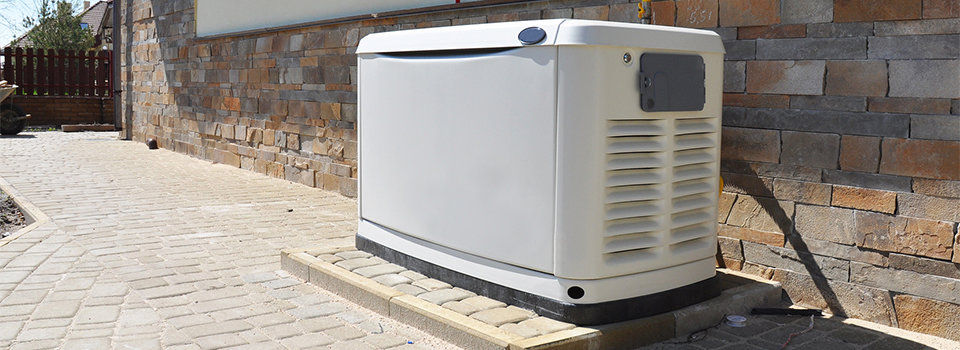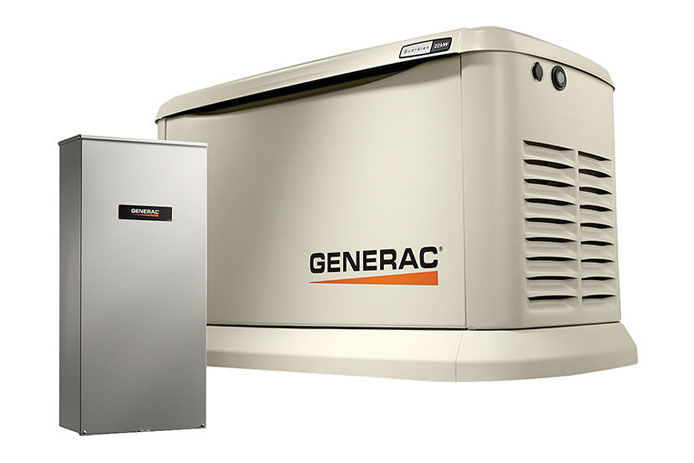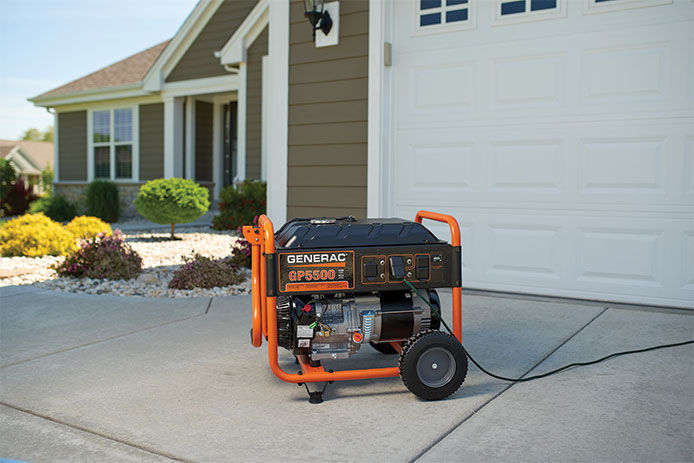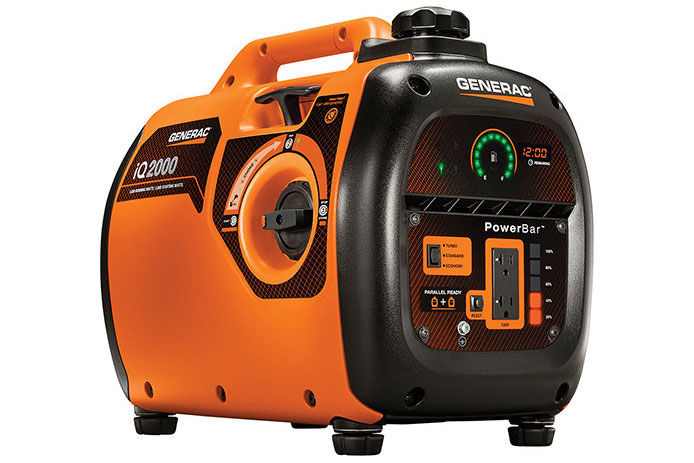Which Generator Do I Need?
Generators are rated in terms of the continuous watts that the generator can deliver. The max watts are a measurement that the generator can provide for a very limited amount of time. For example, some generators are rated at 5,000 continuous watts with a max load of 7,000 watts for 10 seconds. The reason max load is important to consider is because larger electrical equipment like a refrigerator requires more energy to initially run. Whether you're planning on powering your whole house or just your garage freezer makes a difference in the type of wattage and max load you need.
To estimate the size of generator needed, you would need to add the continuous watts of all items intended to power at one time and then add the starting/surge wattage of those items. For many appliances and other items, wattage estimates are available online to get a better idea of wattage demand. Check out the chart to the left for some general wattage guidelines.
If you struggle to determine which size you need, you’re in luck because our local Do it Best stores are here to help! Stop by your local Do it Best for more information on the generators they may offer. If you know what you're looking for, check out some of our online selection below.



